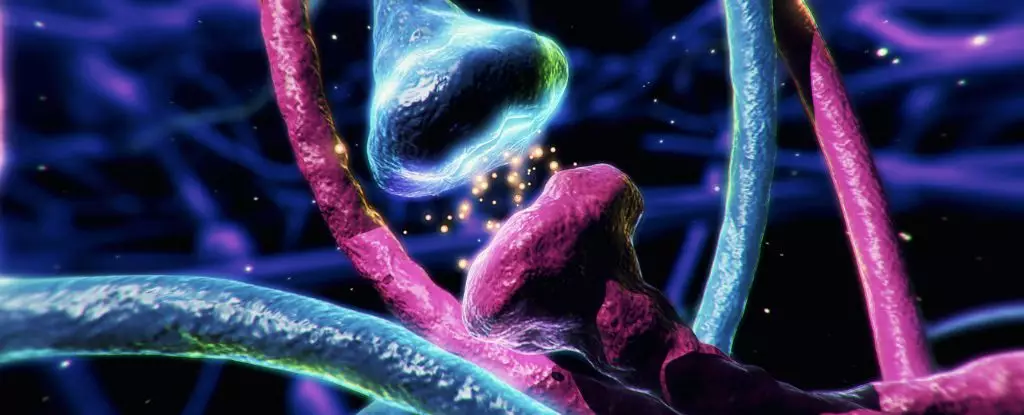For decades, neuroscience taught us that dopamine acts like a grand messenger, spreading signals throughout the brain’s vast network of neurons. This traditional perspective viewed dopamine’s role as akin to a loudspeaker that emits signals broadly, influencing multiple regions in a slow, diffuse manner. It was believed that dopamine’s primary function lay in modulating mood, pleasure, movement, and reward, achieved through widespread diffusion that affected numerous cells simultaneously.
However, recent pioneering research challenges this long-held assumption by revealing a far more nuanced picture. Emerging studies suggest that dopamine isn’t just a loudspeaker; it also operates as a conductor capable of whispering precisely to neighboring neurons within milliseconds. This shift in understanding hints at a sophisticated communication system involving both broad signals and highly targeted micro-signals that enable the brain to perform complex tasks with remarkable fidelity.
This revelation is groundbreaking because it positions dopamine as a versatile messaging molecule, capable of wielding both macro and micro control. Instead of a monolithic broadcast, the brain might leverage localized dopamine signals to fine-tune responses in specific neural circuits. Such an intricate signaling mechanism could explain how the brain seamlessly integrates rapid reactions—like initiating movement or forming an instant emotional response—with slower, overarching processes such as mood regulation and long-term learning.
Localized Signaling: A New Key to Brain Function and Dysfunction
The discovery of short-range dopamine signaling sheds light on how the brain might accomplish an incredible array of functions with minimal overlap. For example, when dopamine is released in particular micro-environments, it activates immediate neighboring neurons, prompting rapid responses essential for complex behaviors like decision-making, quick movement adjustments, or nuanced emotional shifts. Conversely, broader dopamine diffusion could serve more diffuse functions such as reinforcing long-term habits, mood stabilization, or motivation.
Scientists at the University of Colorado and Augusta University have employed advanced live-tissue imaging techniques to monitor dopamine activity in the brains of live mice. Their experiments involved triggering localized dopamine release in the striatum—an area critical for movement and reward processing—and observing the resulting cell activation. What they found was striking: tiny, targeted dopamine signals induced fast, localized neural responses, while larger, diffuse signals elicited slower, more widespread activity.
This dual signaling capability hints at an elegant and efficient communication system within the brain—one that can rapidly respond to immediate demands while maintaining long-term regulatory functions. It fundamentally alters our understanding of neurochemical messaging, emphasizing that dopamine’s true power lies in its ability to adapt its mode of communication according to context and necessity.
Implications for Disease and Future Therapies
Understanding these intricate signaling pathways opens promising pathways for medical breakthroughs, especially concerning neurodegenerative and neuropsychiatric disorders. Conditions such as Parkinson’s disease, schizophrenia, addiction, and ADHD have all been linked to deficits or dysregulation of dopamine pathways. Traditionally, treatments aimed at boosting or dampening dopamine levels broadly, without regard for the complexity of its signaling modes.
With this new perspective, targeted interventions could become a reality. For instance, therapies might be developed to restore or mimic localized dopamine signaling in specific brain regions like the striatum, thus alleviating symptoms with greater precision and fewer side effects. It could even pave the way for innovative diagnostic tools that detect disruptions in micro-circuits of dopamine transmission before they evolve into overt disease.
However, this research also underscores how limited our understanding remains. We are only beginning to unravel how these micro-scale signals influence behavior, cognition, and neural health. As scientists deepen their exploration into dopamine’s local whisper network, it becomes increasingly clear that much of what we thought about this chemical messenger was just the surface of a far more sophisticated system. The real challenge—and opportunity—lies in decoding how these micro signals integrate with the brain’s vast neural architecture to produce the rich tapestry of human behavior.


Leave a Reply